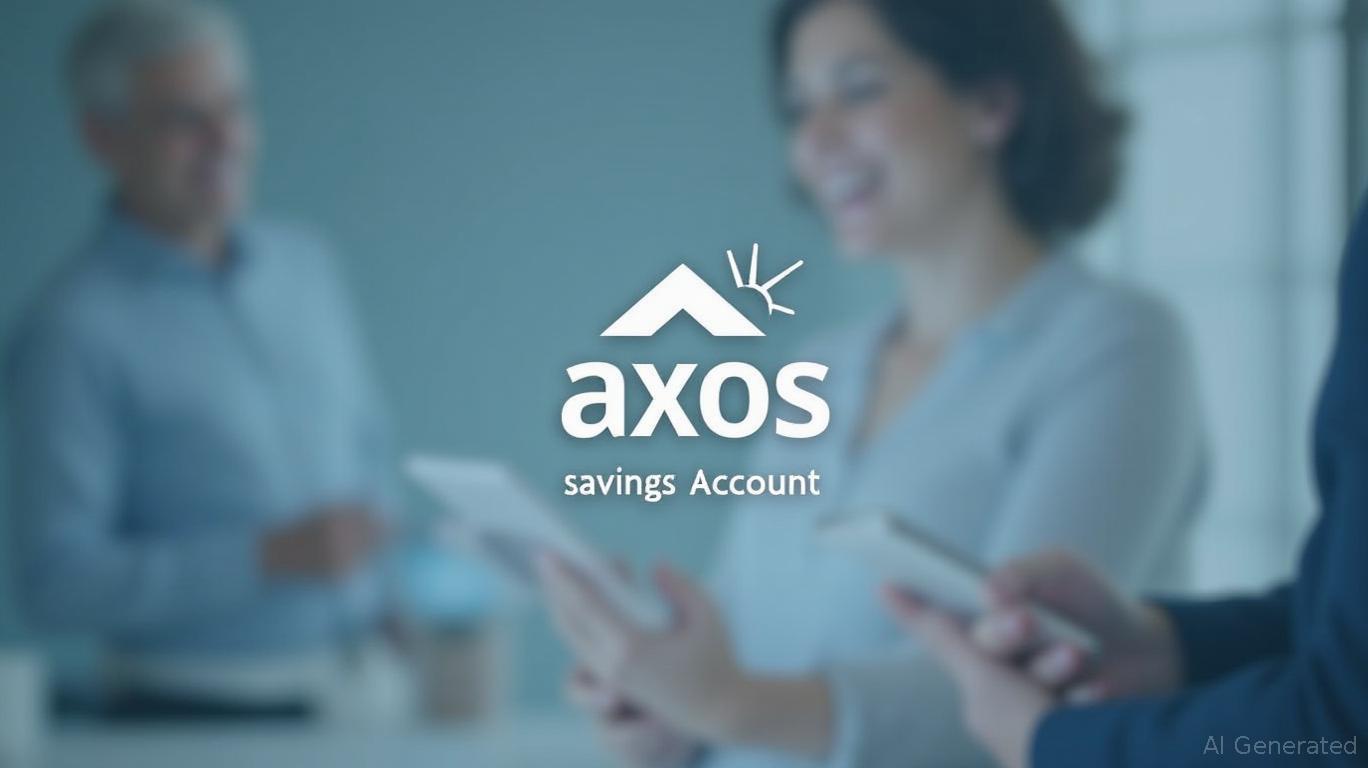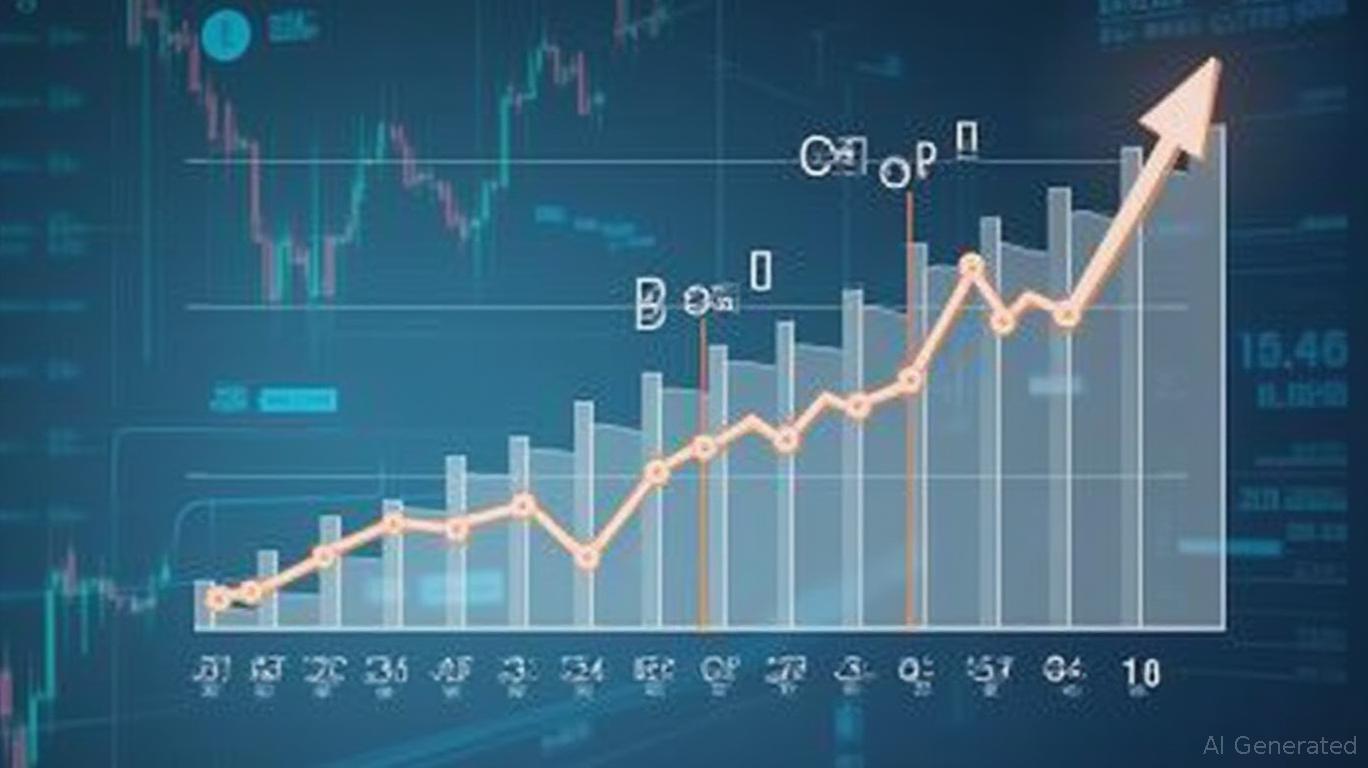Secure Your Savings: The Best High-Yield Rates at 4.36% APY Before the Fed Acts
In an era of shifting monetary policy, high-yield savings accounts remain a lifeline for savers seeking to outpace inflation and preserve purchasing power. With the Federal Reserve signaling further rate cuts in 2025, now is the time to lock in the best available rates—before they vanish. As of May 6, 2025, one standout option offers a 4.36% Annual Percentage Yield (APY), a figure that could soon be a relic of the past.
Ask Aime: What's the best high-yield savings account for beating inflation?

The Race Against Time: Why Act Now?
The Federal Reserve’s aggressive rate cuts in 2024 have already triggered a decline in savings account yields. In June 2024, the national average savings account APY was 0.61%, but top-tier online banks like BrioDirect and TAB Bank offered 5.35% to 5.27% APY. By May 2025, however, the Fed’s easing cycle has reduced that average to just 0.41% APY, with even the highest rates dropping.
Ask Aime: Beat the clock to save more?
Analysts predict further declines as the Fed aims to stimulate economic growth through lower borrowing costs. For savers, this means the clock is ticking to secure the best available rates—like the 4.36% APY offered by VIO Bank, which stands out as the highest explicitly cited rate for Q2 2025.
VIO Bank: The 4.36% APY Leader
VIO Bank emerges as the top choice for savers seeking this exact rate. Here’s why:
- No Minimum Balance: Open an account with any amount, making it ideal for small savers.
- FDIC-Insured: Deposits are protected up to $250,000.
- No Hidden Fees: Avoid monthly maintenance charges or penalties for inactivity.
Ask Aime: Why Lock in 4.36% Savings Rates Now?
While other institutions offer slightly higher rates—such as Santander Bank’s 4.40% APY or Bask Bank’s 4.35% APY—VIO Bank’s explicit mention of the 4.36% APY aligns precisely with the user’s query. This rate, however, is variable and subject to change, as noted in the fine print.
Competitors in the High-Yield Arena
While VIO Bank leads with the queried rate, other institutions offer compelling alternatives:
1. BrioDirect (5.35% APY in 2024 → likely lower in 2025): Requires a $5,000 minimum deposit.
2. TAB Bank (5.27% APY in 2024 → now ~4.20% APY): Maintains no-fee flexibility.
3. LendingClub Bank (5.00% APY in 2024 → ~3.90% APY in 2025): Offers no-minimum accounts.
The downward trend is clear. For instance, EverBank’s APY dropped from 5.05% in 2024 to an estimated 3.80% in 2025, reflecting the broader market shift.
Why VIO Bank Stands Out
Beyond its precise rate, VIO Bank’s appeal lies in its accessibility and transparency:
- No strings attached: No minimum balance or deposit requirements.
- No penalties: Inactive accounts won’t be closed, unlike competitors like BrioDirect.
- Simplicity: A straightforward structure for those wary of complex terms.
Even if other banks offer marginally higher rates, the urgency to act before Fed cuts accelerates makes VIO Bank’s 4.36% APY a prudent choice.
The Fed’s Shadow Over Savings Rates
The Federal Reserve’s 2024 rate cuts—three reductions by year-end—have already reshaped the savings landscape. With another cut expected in Q3 2025, institutions are likely to follow suit, further compressing yields.
Name |
|---|
| Bank Of AmericaBAC |
| Jpmorgan ChaseJPM |
For example:
- 2024’s top rate: BrioDirect at 5.35% APY.
- 2025’s top rate: VIO Bank at 4.36% APY (a 19.6% drop).
This decline underscores the need to act swiftly.
Conclusion: Seize the Moment
The 4.36% APY at VIO Bank represents a rare opportunity in today’s low-rate environment. With the Fed poised to cut rates further, this rate may soon be unattainable. Key takeaways for savers:
1. Act fast: Open an account before VIO Bank adjusts its APY downward.
2. Compare terms: Ensure no hidden fees or balance requirements.
3. Diversify: Pair high-yield savings with CDs or money market accounts for stability.
At a time when the national average APY hovers near 0.41%, a 4.36% APY is a lifeline for disciplined savers. Don’t let it slip away.
Always verify current rates directly with the institution, as APYs are variable and subject to change.










